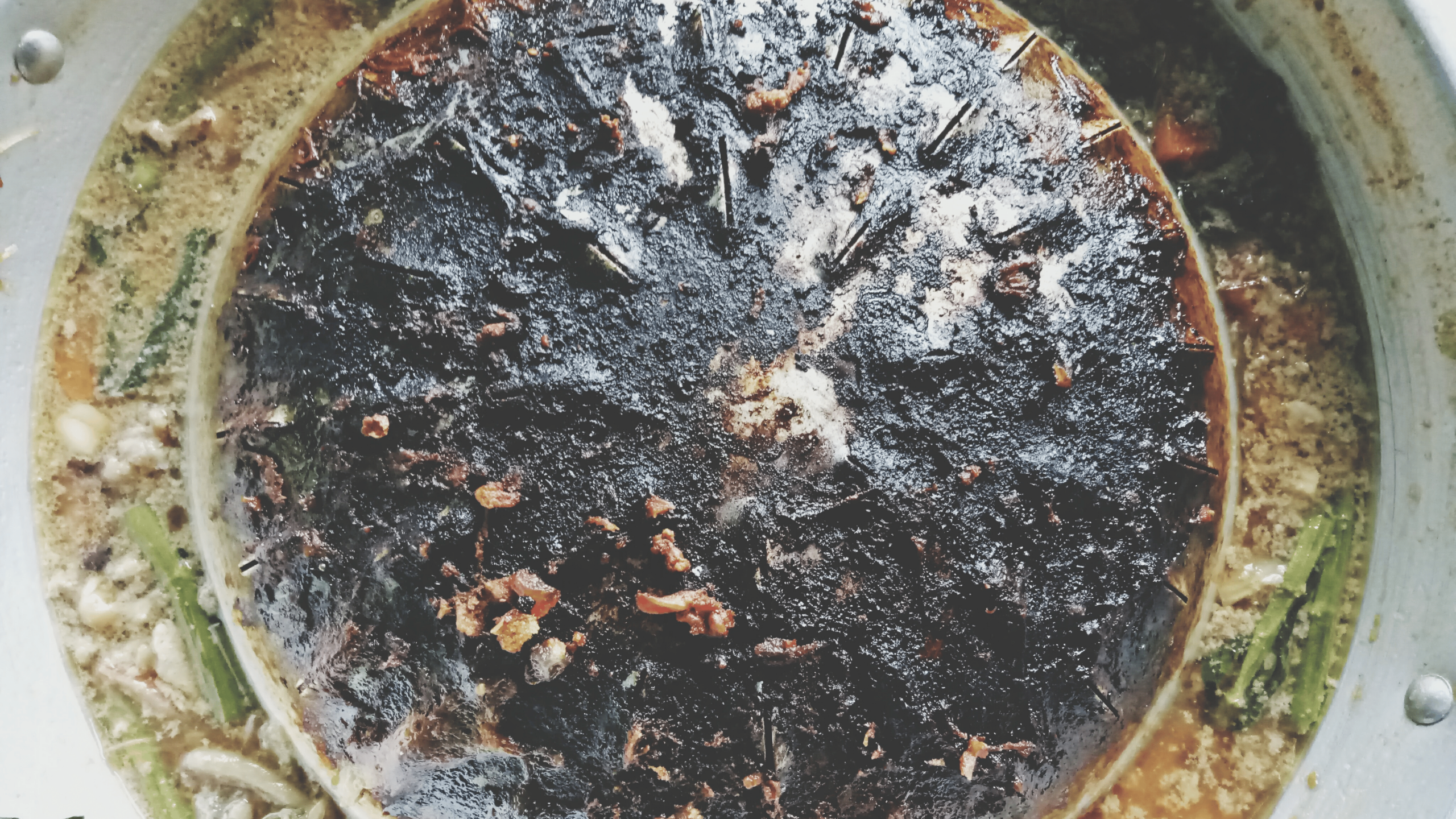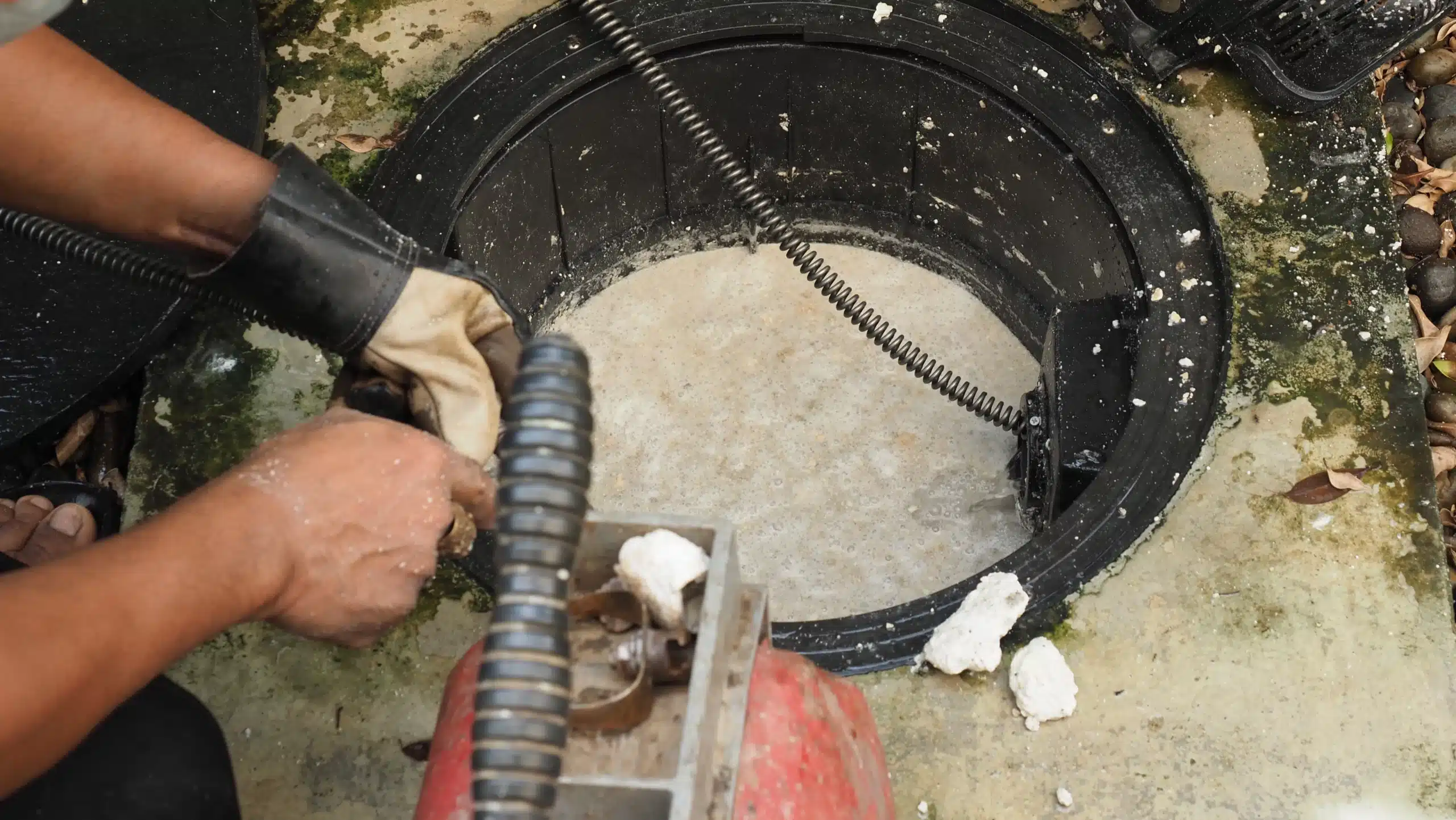While it is certainly the type of gift that keeps on giving, there comes a time when your grease trap fails to operate optimally.
Even with the best, timely maintenance from your grease trap cleaning service, anything can go wrong. The interceptor has many parts, and if any one goes wrong, it will affect how the other parts work.
Knowing how to identify the common grease trap problems in good time can prevent losses, fines, and other issues. Once you notice that something is wrong, call the company that maintains your trap so that they can get it working again.
The best thing is to identify the problems early enough, so that they can be rectified before they become bigger. If you ignore a problem, it can lead to downtimes, and loss of business.
Follow the tips below to know when your grease interceptor has developed a problem:
1. If the kitchen sinks are taking too long to drain water
This usually happens when you have been disposing grease down the kitchen sinks. Remember, kitchen water contains solid food particles and all of them will go down the sink if you do not strain the water.
Something that your grease trap service keeps warning you about is on pouring used cooking oil down the sinks. If your kitchen staff continue doing this, some of the used fats could solidify and start to clog the kitchen pipes.
The same fats, oils, and greases will go into the grease tank, solidify and if not cleaned out in good time, clog the inlet pipe. If this happens, the water will drain too slowly from the sink.
Before you can hire a plumber to check the kitchen plumbing, you need to look at the grease tank first. Usually, it is recommended that you do not let the level of the grease in the tank rise to more than ¼.
If you open the grease tank and find that the level of the FOG has risen up, call the grease tank contractor immediately. They will vacuum the trap and even better, they are going to find out whether there are any other problems. If the kitchen sinks are not draining water properly, they will rectify it.
The sink water draining slowly is a “good” sign of grease interceptor failure, because the problem is not fully blown up. If you take action immediately and clear the grease interceptor, you will prevent the problem from escalating.
2. Bad smells
Old grease smells awful as bacteria start to break it down, causing rotting and the release of noxious gases.
It is easy to identify the bad smell from the old fats, oils, and greases. It smells like sewage or rotten egg, but most of the time, you are going to experience an overpowering musty smell.
The stench gets stronger as you get closer to the grease trap, and it is possible for the smell to backtrack to the kitchen sinks.
When the food materials in the FOG start rotting, they start producing the foul smell. Your customers in the restaurant are going to experience these smells.
The smell will seep from the kitchen to the rest of the restaurant and drive your patrons out. Also, being too close to the nasty smell can make your kitchen employees to start falling sick.
There are more reasons for worrying when you experience these nasty smells. For instance, when the food materials start rotting, they produce hydrosulfuric acid, which eats through the metal parts. The grease trap has metal parts that could start breaking down because of this acid.
3. The grease trap has overflowed
By the time it gets to this point, either the outlet pipe in the second chamber of the grease tank, the one that takes water out is blocked, or you have delayed doing your grease trap pumping.
Remember, the recommended frequency is once in one to three months. However, if there has been a surge in business, you might need to empty the trap earlier. If you don’t, it can overflow either to the street if there is clogging, or the grease goes to the sewerage system.
If the outlet pipe is clogged, the water will not be getting out to the sewerage. Since more water keeps coming in from the kitchen, the tank will eventually fill up and these things might happen:
- The dirty water might start backing up to the sinks
- The grease trap lid will be forced open, and the grease will overflow to the surroundings
- There will be a nasty smell coming from the grease interceptor
You should consider an overflowing grease interceptor an emergency. Try cleaning the surrounding area to contain the smell as you wait for the grease trap contractor to pump it out.
4. The grease trap is clogged
The grease trap can get clogged, which goes hand-in-hand with the overflowing problem, which we discussed above.
There are mainly two ways in which a grease trap clogs. These are:
Inlet and outlet pipe clogs
These are the most common areas that experience clogs inside the FOG tank. If the outlet pipe is clogged, the water does not flow to the sewerage system, so the trap fills up fast.
When the inlet pipe is clogged, the sink is not going to drain the water, or it will take too long.
Crossover clogging
The crossover is the line or partition that separates the two chambers of the grease tank. It has a small space at the top where the water passes. This space can clog with grease if the trap is not emptied and cleaned in good time.
When this happens, it is mostly the first chamber (with the inlet pipe) that will fill up and overflow.
Conclusion
So much doom and gloom can come from your grease trap if you do not partner with the right grease trap cleaning company. They will help with its upkeep, as well as with timely grease collection.
Grease Collection saves the environment from degradation as used oils and fats will not be getting into the soil. It also lowers the impact of landfills to the environment, since most of the grease will be recycled to bio-diesel, which is used to power trucks, and farm machinery. This also saves the environment from carbon emissions since bio-diesel has 85% less emission as compared to fossil fuels.


